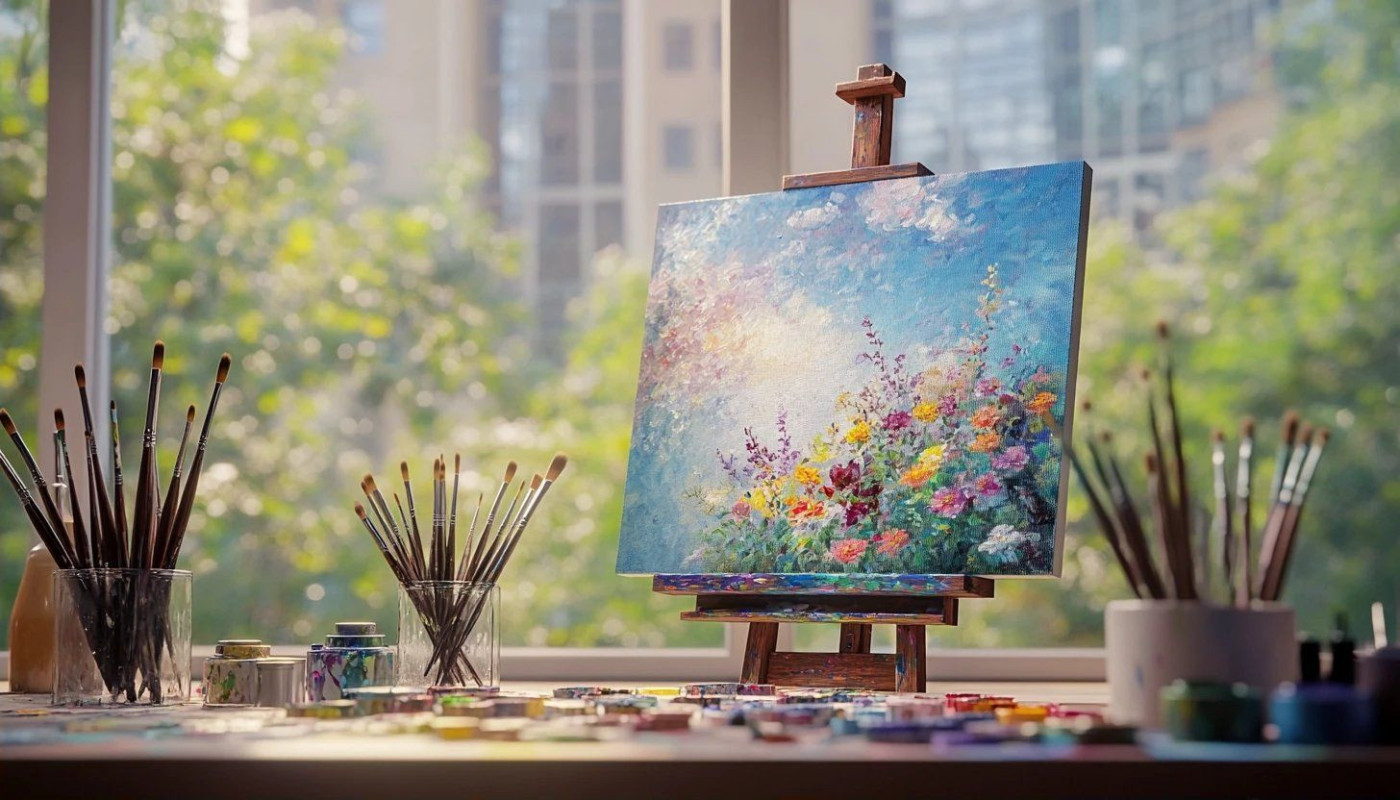Table of contents
The fusion of artificial intelligence and creativity is transforming the landscape of traditional art forms in ways never seen before. Through the power of image synthesis, AI enables artists to push boundaries, blend styles, and create visuals that were once impossible. Dive into the following sections to uncover how this technological evolution is bridging the gap between classic artistry and digital innovation.
Reimagining classical techniques
AI-driven image synthesis is transforming the landscape of classical art by enabling digital reinterpretation of revered techniques like oil painting, fresco, and engraving. By leveraging advanced neural networks and the method known as style transfer, AI in art can analyze and replicate the intricate brushstrokes, color palettes, and compositional nuances that define centuries-old masterpieces. This process does not merely imitate past methods but breathes new life into them, allowing artists to blend historical aesthetics with modern techniques in ways previously unattainable. For artists and technologists eager to experiment with the fusion of tradition and innovation, platforms such as check my reference demonstrate how image synthesis tools can serve as a bridge between the analog and digital worlds, offering creators a playground to explore, remix, and evolve classical art forms within a contemporary digital context.
Bridging tradition and innovation
AI collaboration is transforming traditional art forms by enabling artists to blend centuries-old techniques with cutting-edge digital tools, sparking a digital art revolution. Through advanced algorithms, particularly generative adversarial networks (GANs), machines learn to interpret and recreate artistic styles, resulting in unique hybrid artworks that fuse cultural heritage with futuristic aesthetics. GANs operate by pitting two neural networks against each other—one generates images, while the other evaluates them—allowing the system to refine its creations until they mirror the nuances of human-made art. This technical approach empowers artists to experiment beyond conventional boundaries, fostering generative art that is both rooted in tradition and reimagined through creative innovation. These collaborations not only expand the possibilities for visual expression but also ensure that traditional art forms remain vibrant and relevant in the evolving landscape of digital creativity.
Expanding artistic accessibility
AI image synthesis plays a transformative role in democratized art by breaking down traditional barriers and offering advanced creative tools to anyone interested in artistic expression. Through intuitive interfaces powered by latent space exploration, users can manipulate and generate synthetic images without requiring years of formal training. This shift in AI accessibility allows individuals from diverse backgrounds to engage with complex techniques that were once reserved for skilled professionals. The process of art democratization ensures that creative innovation is no longer limited by technical ability, opening up new avenues for experimentation and visual storytelling. As a result, synthetic images produced through AI are reshaping how society perceives art, making it possible for a global community to participate, share, and redefine aesthetics with unprecedented ease.
Preserving and restoring heritage
AI image synthesis technology is redefining art restoration by enabling innovative techniques for the preservation and digital reconstruction of cultural heritage. Through advanced algorithms, AI preservation specialists employ inpainting methods, where missing or degraded sections of historical artworks are intelligently filled with contextually accurate details. This digital process not only restores visual integrity but also offers unprecedented accuracy by referencing vast databases of styles, patterns, and color palettes. With these tools, experts can reconstruct artworks damaged by time, conflict, or environmental factors, ensuring that the cultural legacy remains accessible to future generations. Image synthesis technology also allows for non-invasive restoration, safeguarding the authenticity of original pieces while providing museums and institutions with digital replicas for research and exhibition. The integration of art restoration expertise with AI-driven digital reconstruction is rapidly becoming a cornerstone in maintaining and revitalizing the world's artistic and cultural heritage.
Inspiring future art movements
Advances in AI-driven image synthesis are rapidly shaping future art trends and redefining the boundaries of contemporary artistic creation. The evolution of new art movements is increasingly influenced by the power of deep learning, a technical breakthrough where neural networks analyze vast visual datasets to generate original and unexpected imagery. This technology empowers artists to explore novel creative trends, blending traditional techniques with digital innovation to produce works previously unimaginable. AI-driven art is not simply automating processes; it is expanding the very language of visual expression, enabling collaborations between human vision and algorithmic suggestion. As image synthesis evolution continues, artists and audiences are witnessing the birth of new art movements that challenge established genres and aesthetic norms, promising an exciting era of creative exploration and cultural transformation.
On the same subject



